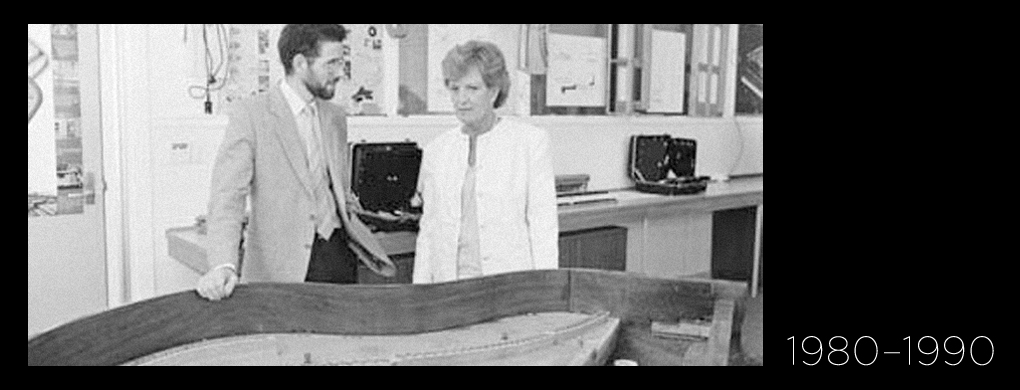Melbourne Polytechnic in the 1980s

The vocational training landscape changed dramatically during the 1980s. The decade saw an expansion of apprenticeship programs; the introduction of competency based training on a national scale; greater involvement of industry in VET sector; the emergence of private providers and the dramatic growth of the inbound international student market.
On a local level, enrolments within the secondary school section of Collingwood Technical College were dropping (due to competition from newly established technical schools in the outer suburbs) heralding the eventual closure of Collingwood’s junior technical school (or secondary section) later in the decade. At the same time junior technical schools across the state were closing and students moved across to high schools (or secondary colleges).
Trouble was also brewing over at Preston College of TAFE which was experiencing significant financial difficulties and was ultimately placed under an interim administration and a total management and operational re-structure.
Collingwood Collage of TAFE (as CTC became known during the decade) was also experiencing financial (although less acute) difficulties and the new management team at Preston Collage of TAFE was asked to explore the prospect of amalgamating the Preston and Collingwood Colleges of TAFE. Amalgamation ultimately occurred with the creation of the Northern Metropolitan College of TAFE (NMCOT) the forerunner to the modern entity known as NMIT.
Special guest Lou Richards
A special guest at the official opening of Collingwood College of TAFE’s new Otter Street complex was Collingwood Football club legend and former Collingwood Technical School student, Lou Richards.
However, during the ceremony there was a bomb scare and the latter part of the ceremony was cancelled and the building evacuated.
The Footwear Department (The Boot and Shoe School) building fronting the Collingwood campus’ Wellington Street boundary was a thriving department but its demise occurred during the 1980s with the decline of the footwear industry generally. The leather smell that permeated the building was still evident after the building was refurbished to accommodate the Visual Arts Department.